When you’ve spent the past 125 years recording other people’s attempts to create car history, it feels pretty remarkable to be offered the chance to make some yourself.
But that’s where we find ourselves, after being approached by a not-at-all-hypothetical car-mad billionaire, a long-time Autocar reader who fancies setting up his own car firm.
Said billionaire – who, it must be stressed, we definitely didn’t make up for the sake of justifying a feature – has a theory: since the Autocar team knows so much about the car industry, we’d be the perfect people to set up and run their nascent car firm.
We were intrigued and, once promised full creative freedom and the necessary funds, agreed. We divvied up key jobs within the team, with roles assigned based on expertise, authority and the occasional coin toss. All we have to do now is actually invent our new car brand. So can a car magazine actually come up with a brilliant concept for a car company?
The big boss - Steve Cropley
The brief: Identify a market gap and opportunity for a new car firm, and set a general direction
Never waste a good crisis, Winston Churchill is alleged to have said at the start of World War II, implying that great challenges encourage greater solutions. Whether or not he uttered these precise words, we believe the sentiment applies very well to the current situations of Jaguar Land Rover and its Indian parent, Tata Motors.

We have formed a small management team of Autocar ‘experts’ tasked (at least, for the sake of this Christmas issue) with finding a plan for a plausible, profitable and all-new car company, based in the UK but capable of big-scale earnings from exports. Our notional launch backer is a major investment fund ready to invest billions with partners in this enterprise, provided there is great confidence it can work well financially.
After much deliberation, we believe the answer is to launch a brand-new company, Freelander EV Ltd, created initially to be a satellite of Land Rover (as Volvo supports Polestar) so that it can make selective use of JLR’s talents, resources and suppliers, but heading eventually for public flotation to provide its biggest backers (who, we are confident, would include JLR) with a major financial return once the products and company direction are well established.
Others will reveal more about the positioning of our products, but our plan is based on three precepts:
â– Electrically powered compact SUVs show every likelihood of being some of the highest-demand vehicles of both the near and far future.
â– JLR will have a strong interest in supporting an SUV enterprise that helps it move away from diesel power.
â– Freelander is a ‘vacant’ name that already exerts a great deal of appeal, especially since it has ideal size and age group implications for the compact, youth-oriented products that we want to build.
Our CEO, Mark Tisshaw, has already begun to formulate plans that would allow the new Freelander range to be created, engineered, launched and sold…
The manager - Mark Tisshaw
The brief: Develop a business case, as well as key technologies and production capabilities
The successful launch of Freelander EV Ltd lies within careful curation and adaptation of things – from components to factories – already within the Jaguar Land Rover world. We’ll identify them and invest in them.

But where can we, Freelander EV, go play where Land Rover can’t? Small cars. They are Land Rover’s kryptonite; long desired, yet also a distraction to the business of making cars profitably. Small cars already have thin enough margins before you have to engineer in go-anywhere 4x4 hardware.
We’ll start with the Jaguar I-Pace architecture, which is now known to have been developed for that car only. We think that’s a bit of a waste. Crucially, it’s scalable, so we will contract engineers from JLR’s Whitley engineering base to adapt it to the smaller family of models Freelander EV Ltd has in mind. Go-anywhere ability isn’t needed, by the way.
Such an architecture will give the Freelander EV models dramatically different proportions from anything Land Rover will offer, and the batteries in the floor naturally raise the height of the vehicles to what you’d expect of a small crossover. But we need our own design director to realise that youthful look with global appeal, and we have that in Ben Summerell-Youde.
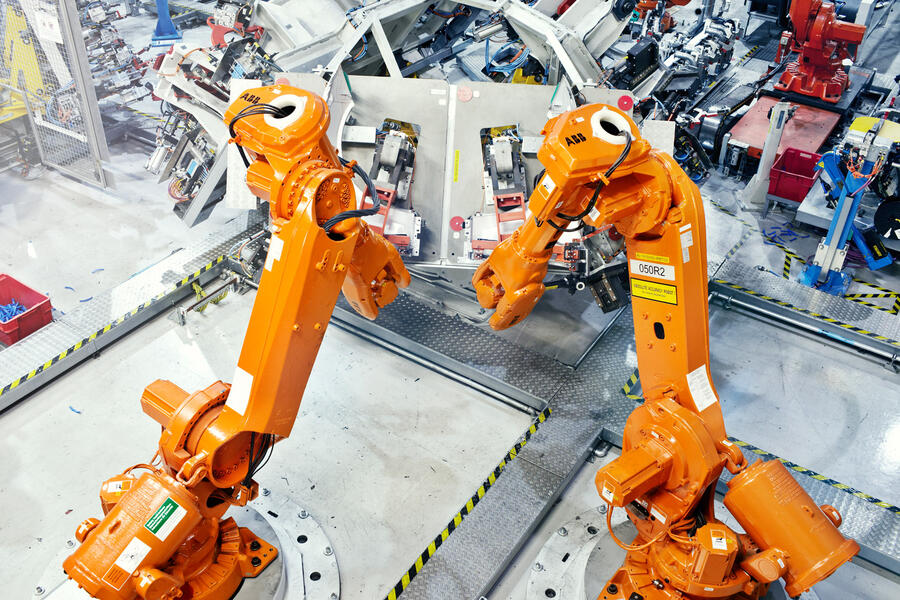
In Castle Bromwich, JLR has a factory ready to produce electric vehicles at scale thanks to the ramp-up towards the new Jaguar XJ and potentially other models, yet it is a facility with a constant question mark over it. With that in mind, it’s the perfect home for the production of Freelander EV vehicles.
I’m not going to be a CEO who stands here and says “we’ll sell X cars by whatever year”, because we know the road to launching any new car company never works like that. But my brief to the sales and marketing team is simple: think China. Success there will drive the volume and profits, and the design and engineering integrity should ensure global appeal.
Motorsport plans
Our EVs aren’t necessarily being developed with off-road ability, but we’re still keen to build our brand by showcasing that potential. To that end, it’s important we select motorsport activities that tie in with our off-road marketing.
When done correctly, motorsport is a hugely effective marketing tool and can play a key role in helping to showcase the performance and off-road potential of electric technology.
Clearly, as a city-based single-seater series, Formula E isn’t the right fit for us. But we are intrigued by both the new Extreme E championship and potential electric rallycross series. While both of those categories use spec chassis, the ability to put our bodywork on the machines means we can make a marketing link, and both are looking to allow manufacturers to develop drivetrain and battery technology. If done right, that could genuinely help with technology transfer and learning.
In the longer term, we’re intrigued by the prospect of both electric rallying and rally-raid events such as Dakar, which would really tie in with our marketing. But, realistically, EV technology is years away from being ready for either and, at this stage, we don’t have the resources to invest in pushing it.
The marketing chief - James Attwood
The brief: Develop a brand identity and marketing strategy
Adopting the Freelander EV name means our start-up begins with a strong brand identity, but for sustained success we need to push in new directions and not be bound by the heritage of our name. So taking our lead from how Volvo and Seat turned Polestar and Cupra respectively from performance badges into stand-alone brands, we’re developing a new logo and identity for Freelander EV.
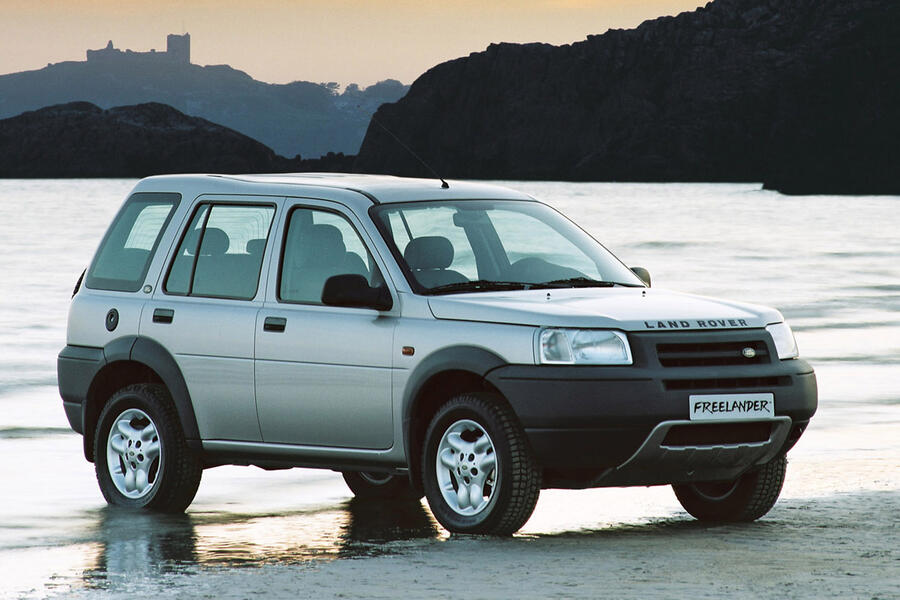
We want to keep the go-anywhere rugged appeal that Freelander badge suggests but ensure a modern approach that both differentiates us from Land Rover and appeals to our young, largely urban EV buyers – especially those in China, where Freelander has little heritage.
When Land Rover launched the Freelander model, the promotion for it developed the firm’s classic off-road themes, with a heavy advertising focus on the African plains. Although it was appealing to take those themes and develop them, we wanted to do something new.
The original Freelander badge featured a jagged font, which was strong and distinctive but it isn’t plain enough to work on a computer or smartphone screen as well as the front of a car. So we settled on commissioning a 2D logo based around the concept of a snowcapped mountain – the sort of territory Freelander owners aspire to conquering (even if we know few will leave the city). It gives a subtle aspirational note to our car. The Freelander name is then rendered in a simple plain font beneath it – good for reading on a screen – and can be used in script on the car’s bootlid.
We’ve also developed the marketing slogan ‘Freedom. Wherever you land’, to suggest the Freelander’s ability to work in all environments and purposes, and add a sense of adventure.
The creative whizz - Rebecca Stevens
The brief: Develop a logo and brand image for Freelander EV
Taking direction from the marketing department and our chairman, we worked through several versions of a potential Freelander EV logo. We particularly developed the mountain range theme, while keeping it simple so that it was easy and memorable to picture.
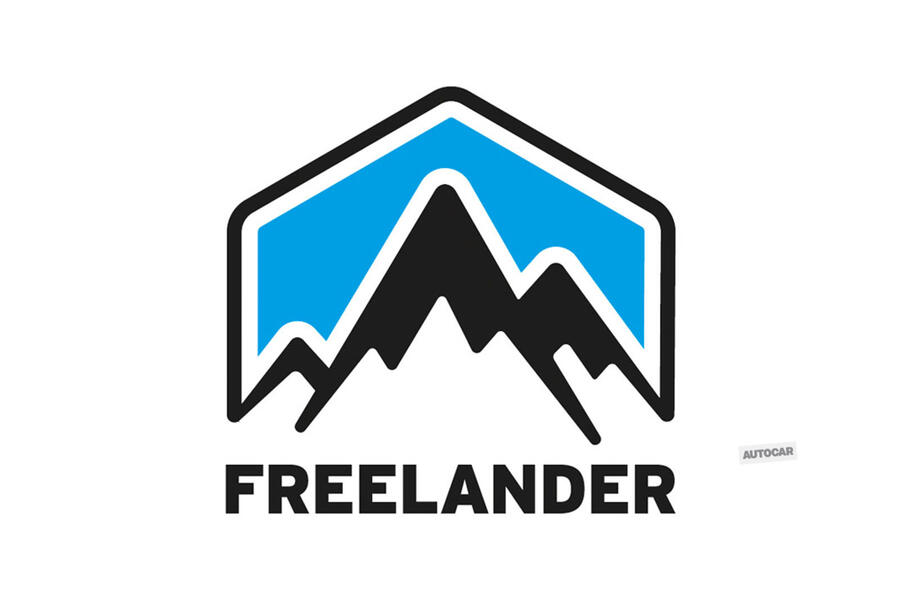
To separate us from other car brands, we settled on a distinctive frame for the logo, and we also added a dash of bold blue to represent the sky behind the mountain icon. We felt this splash of colour is a welcome point of differentiation from other firms.
The technical chief - Matt Prior
The brief: Set the technical requirements and key specifications for the first Freelander EV models
And so to the car itself. The Freelander EV needs a few things to mark itself out as a provider of some rough-track ability, even if it’s not up to full Land Rover standards and its primary purpose is a road car. Fortunately, the I-Pace platform already has them built in.
Foremost among them are the ability to offer four-wheel drive and a ride height to at least ‘crossover’ levels. An I-Pace already has a surprising degree of off-road ability: a wade depth of 500mm and the torque vectoring allowed by its electric motors means individual wheels can be driven so it finds grip where conventional 4x4s simply do not. With a touch more ride height and a shorter wheelbase on our launch car – which is smaller than the I-Pace, remember – it’ll have the go to match its show.
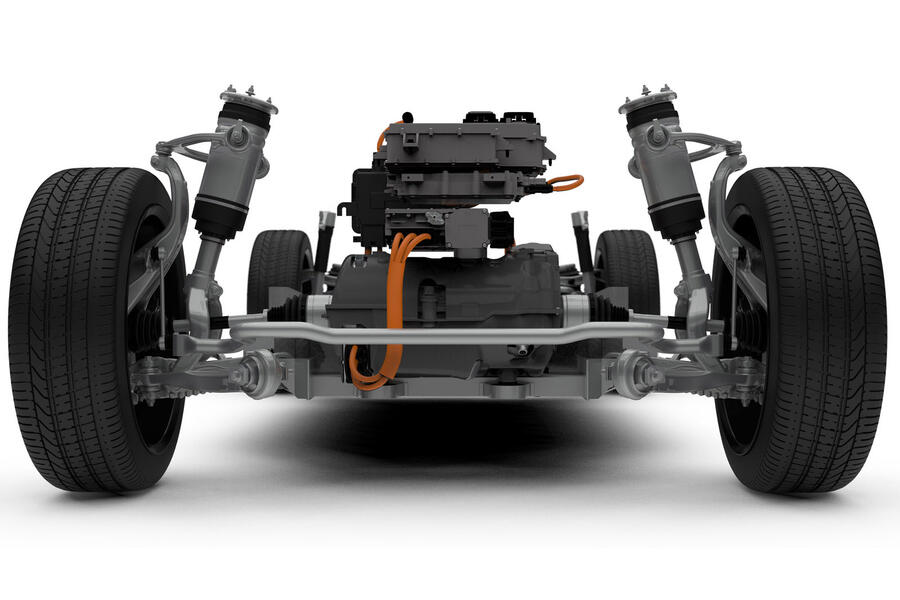
But its primary function is as a road car, and if there’s anyone who can make a tall car go, stop and handle, it’s the engineers that Freelander EV has at its disposal. Because this is a smaller and cheaper car than an I-Pace, it won’t run the full air suspension of that car. But we’re linked to a company that has a great record of making coil-sprung cars the best to drive in the world.
This small five-seater with a dog-friendly boot is likely to have 300bhp from its two electric motors. It could have more – the I-Pace has 400bhp – but you honestly don’t need that much. Given the nature of electric motor performance, 300bhp with four-wheel drive will give a 0-60mph time of under six seconds. And that’s accounting for the battery’s weight.
There will be a few options here. The 90kWh of the I-Pace fits in the Freelander EV, which has a long wheelbase for its length, so range should be similar – up to 300 miles depending on the drive cycle. But we envisage other, smaller, battery options too. And with a lower roofline than some electric SUVs, its miles per kWh should be really competitive.
The car stylist - Ben Summerell-Youde
The brief: Design and style the first Freelander EV model
Dramatically different proportions, demanded the boss. Which is something the Jaguar I-Pace has in spades – except, of course, even if they are related, I needed to make the Freelander EV stand well apart from that model.
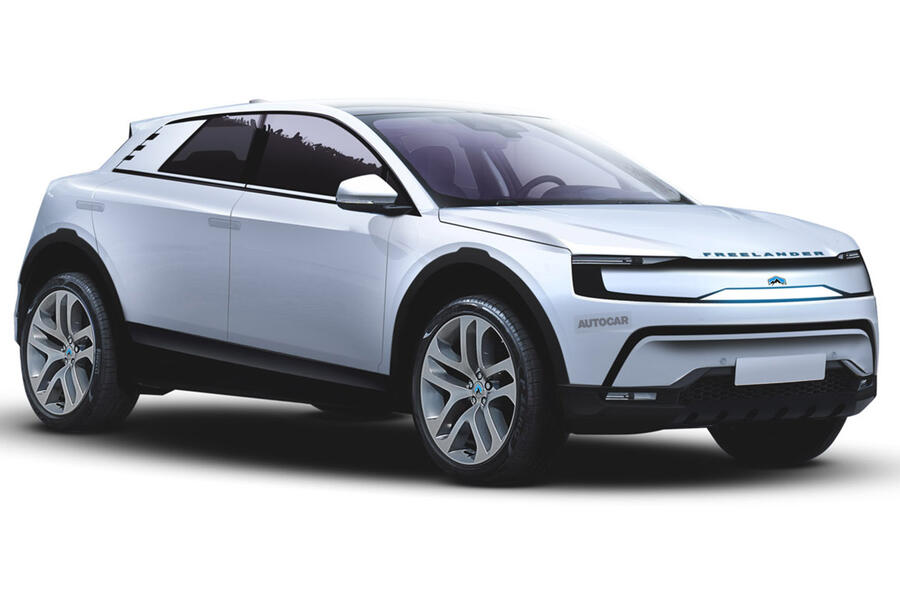
My aim was to capture what I find unique among other tall Jaguar Land Rover products: a low nose, and a wheel truly on each corner. Lighting technology is still making huge strides, and if this Freelander is to be a success in China, it needs a face that is really different from anything else on the market right now. By combining shallow lights on horizontal feature lines and tall bash-guard-influenced shapes on the lower body, we can propose the feel of a mini urban off-roader without a traditional Land Rover bluff front end.
The usual tricks of using black cladding help break up the metalwork, giving an impression of a higher ground clearance as well as helping with the go-anywhere styling. Essentially, then, we’ve created something that has some off-road heritage but still feels thoroughly clean, modern and all set for life in today’s urban environment.
Conclusion
That’s the hard work done, then. We have a company, product plan, logo, marketing concept and motorsport plans, and we have our first vehicle mapped out. Now all that remains is to start making our Freelander EV models, set up a dealership, online sales and distribution network, market heavily and then watch the orders roll in. Easy, right?
Well, funny story. It seems the not-at-all-imaginary funds from our absolutely-not-imaginary billionaire have not materialised. And now they’re not answering our calls…
We’re still hopeful of attracting a car-mad benefactor – Elon, give us a call – but for now, Freelander EV will remain a concept. Still, we think it’s a good one. What do you think? Let us know at autocar@haymarket.com.
READ MORE
Zoom meeting: The Autocar road tester's Christmas lunch
Autocar's ultimate Christmas quiz
Christmas road test 2020: The Goodyear blimp














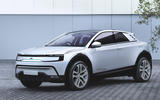


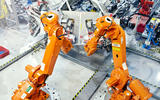


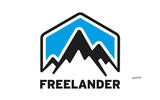








Join the debate
Add your comment
Dear dear me.
Really?
This is without doubt less exciting than a new washing machine in a different colour.
It really goes to show how much cars are 'over'.
If people call for BEV's that aren't tall like SUV's then some other place needs to be found for battery packs, than to spread them directly underneath the passenger compartment. Battery packs are very large, if range is going to be accepably great. Thus they need lot of space. Let folks keep in mind, even if a BEV may look tall - be tall, like a SUV, assuming batteries under floor of passenger compartment and yet passenger compartment kept tall enough inside so passenger won't have heads touch roof-lining. The vehicles nevertheless shall have very low center of gravity -- because a very heavy pattery pack if placed at the lowest point in the vehicle. So yet it's going to be heavy, as after all battery pack that provides 300 mile range -- may mass more than 500kg. May thus weigh more than all other gubbins combined. As BEV logically has low center of gravity despite being tall -- it won't behave like we're used to tall SUV'ish looking vehicle shall, when the thing is driven along a bendy road. However significant weight seems quite completely inevitable as long as battery packs providing 300 mile range -- weigh at the very least around or more than 500kg.
Great, more SUVs, just what the world needs to waste energy unecessarily! How about something for enthusiasts to lust after that also has enough usability to carry the family and aerodynamic properties much more suited to maximising range from the electric powertrain? Something like a re-working of the compact exec estate, a segment that is in free fall thanks to the trend for high rise family cars?
SUV-look design is logical of EV, due to logical placement of batteries under passenger compartment, making for tallish vehicles. Thus I expect near all future EV designs, probably shall adhere to the SUV-ish trend. As that's logical when you place batteries under passenger compartment yet nevertheless ensure passenger compartment his high enough that people's heads don't brush the roof-lining.